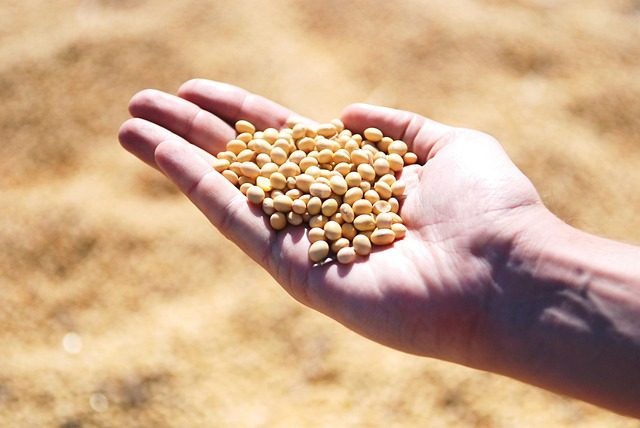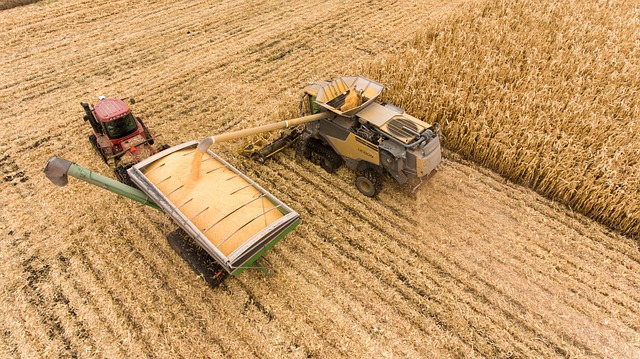In an era where environmental concerns are forefront in our decision-making processes, the significance of agro-biodiversity in achieving transport sustainability and enhancing rural development cannot be overstated. Agro-biodiversity refers to the variety of species in agricultural landscapes—this diversity extends beyond crops to include livestock, microorganisms, and the intricate ecosystems they inhabit. By promoting agro-biodiversity, we are not just preserving ecological integrity; we are laying the groundwork for sustainable transport solutions that can uplift rural communities.
Transport sustainability is crucial for connecting rural areas to urban markets. The bustling villages filled with vibrant agricultural production often suffer from inadequate transport infrastructure. By integrating agro-biodiversity into transportation planning, we can create more resilient systems. For instance, by utilizing indigenous plant species in roadside plantations, we can enhance soil stability and promote cleaner air and water. These green corridors can support alternative transportation modes like cycling and walking, which align with sustainable practices. Moreover, they create natural habitats that can attract pollinators, contributing to improved agricultural output.
Rural development also stands to gain immensely from the integration of agro-biodiversity. When communities embrace diverse agricultural practices, they enhance food security while fostering a sense of pride and identity. Local farmers, using their knowledge of indigenous crops and sustainable methods, can improve their livelihoods while concurrently enriching the biodiversity of their surroundings. This ties directly into transport sustainability as increased agricultural output can lead to more frequent and efficient transport routes for products to markets, ensuring that farmers are well-connected to potential buyers.
Additionally, agro-biodiversity can significantly mitigate the impacts of climate change on rural areas. A diverse agricultural landscape is more resilient to pests, diseases, and changing climate conditions. By reducing dependency on a few staple crops, farmers can employ crop rotation and polyculture systems to nurture their land. This not only leads to healthier ecosystems but also means that less energy is consumed in transporting goods. Sustainable transport solutions that arise from this framework can drastically reduce carbon footprints, making rural areas less susceptible to the pressures of climate change.
The circular economy model is another aspect where agro-biodiversity plays a pivotal role in transport sustainability. By adopting agro-ecological practices, rural communities can harness by-products from farming, transforming waste into valuable resources. For example, compost made from agricultural residues can enrich soils, yet the process itself can also provide sustainable energy for rural transport solutions. This practice not only minimizes transport costs associated with food and waste but also nurtures a community-centric way of life, reflecting the very essence of agro-biodiversity.
In sum, the interplay between agro-biodiversity, transport sustainability, and rural development is undeniably profound. As we strive for more resilient agricultural practices and transport systems, embracing and preserving our agro-biodiversity is essential. Through this holistic approach, we can foster vibrant rural communities that thrive economically and sustainably while respecting our planet’s natural resources. The journey toward a greener, more sustainable future is inextricably linked to the richness of the agricultural diversity that surrounds us.




